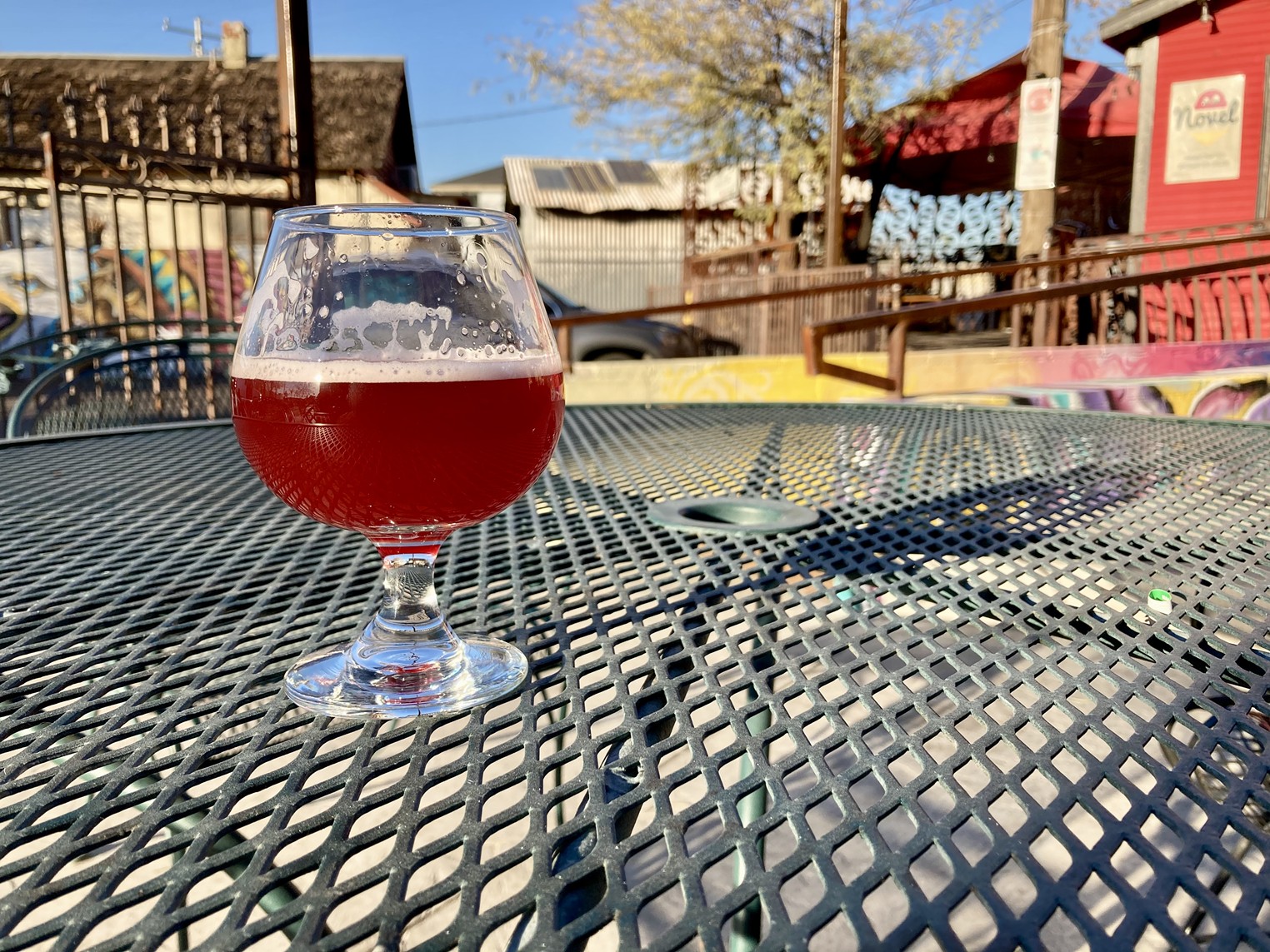LONDON (AP) — An unlikely refugee from the war in Ukraine — a rare Asiatic black bear — arrived at his new home in Scotland on Friday and quickly took to a meal of cucumbers and watermelon.
The 12-year-old Yampil was named for a village in the Donetsk region where he was one of the few survivors found by Ukrainian troops in the remains of a bombed-out private zoo.
Yampil, who had previously been called Borya, was discovered by soldiers who recaptured the devastated city of Lyman during the Kharkiv counteroffensive in the fall of 2022, said Yegor Yakovlev of Save Wild, who was among the first of many people who led the bear to a new life.

The bear was found in a menagerie that had long been abandoned by its owners. Almost all the other animals had died of hunger, thirst or were struck by bullets or shrapnel and some were eaten by Russian troops. Yampil narrowly missed the same fate, suffering a concussion from a projectile that landed nearby.
“The bear miraculously survived,” said Yakovlev, also director of the White Rock Bear Shelter, where the bear recovered. “Our fighters did not know what … to do with him, so they started looking for rescue.”
What followed was an odyssey that your average bear rarely makes, as he was moved to Kyiv for veterinary care and rehab, then shipped to a zoo in Poland, then to an animal rescue in Belgium, where he spent the past seven months, before landing in the United Kingdom.
Brian Curran, owner of Five Sisters Zoo in West Calder, Scotland, said his heart broke when he learned of the plight of the threatened Asiatic black bear.
“He was in terrible condition; five more days and they wouldn’t have been able to save him,” Curran said. “We were just so amazed he was still alive and well.”
The bear was skinny but not malnourished when he was found, said Frederik Thoelen, a biologist at the Nature Help Center in Belgium. He now is estimated to weigh a healthy 440 pounds (200 kilograms), Thoelen said.
The nature center in Belgium, which usually treats injured wildlife and returns them to their natural settings, has taken several animals rescued from the war in Ukraine, including a wolf, a caracal cat and four lions, though those animals had not experienced the ordeal Yampil endured.
It was remarkable how calm Yampil was when he arrived in Belgium, Thoelen said.
The bear was trained in the past two weeks to move from his enclosure to the crate that would transport him across Belgium to Calais, France, then across the English Channel on a ferry to Scotland. Pastries from a local bakery were used for good measure to lure him Thursday into the cage, where he was sedated for the journey.
“We want to use the food that he likes most, and for most bears — and for people also — it’s sweet, unhealthy foods,” Thoelen said.
Thoelen had a sense of the bear’s weight as he drove the crate to the port.
“Every time when we had a red light or a traffic jam, when the bear moved a little bit, you could feel the van moving also,” he said. “You could feel it was a heavy animal in the back of the car.”
Yampil arrived at the zoo about 15 miles (25 kilometers) west of Edinburgh and immediately made himself at home. He feasted on cukes — said to be his favorite food — and melon, said Adam Welsh, who works at Five Sisters.
The Asiatic black bear is listed on the International Union for Conservation of Nature’s Red List of Threatened Species as vulnerable to extinction in the wild, where it can be found in central and southern Asia, Russia and Japan. It’s known for the distinctive white crescent patch on its chest that gives it the nickname moon bear. It can live for up to 30 years in zoos.
It’s not clear if the bear will go into hibernation. The winter has been warmer than usual but colder days are on the horizon.
The zoo has other bears, but Yampil is the only Asian bear and unique in other ways.
“We’ve had circus bears, for example, that have been rescued,” Welsh said. “We’ve had bears rescued from places like roadside restaurants where they’ve been used as kind of roadside attractions and been kept in subpar conditions. But this is the first time that we’ve worked with an animal that’s been rescued from a war zone.”


